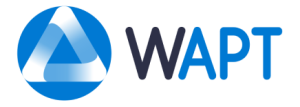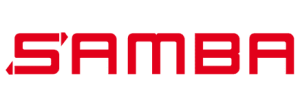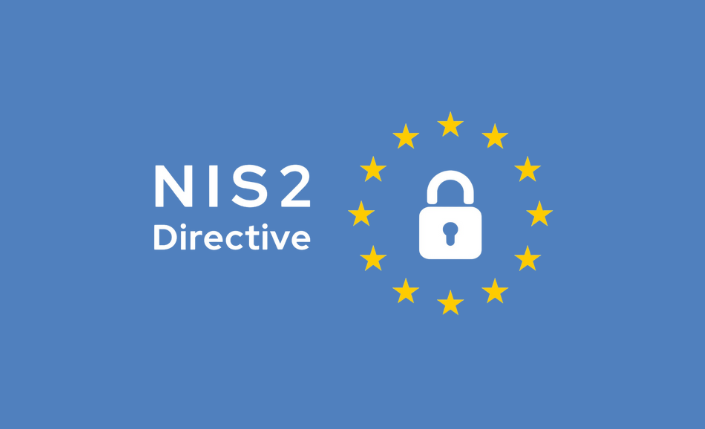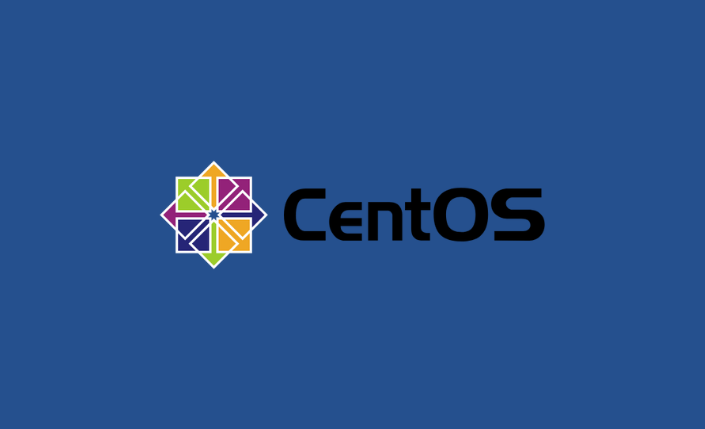Authenticate and control access #CyberSecMonth
Authenticating and controlling access, a natural reflex?
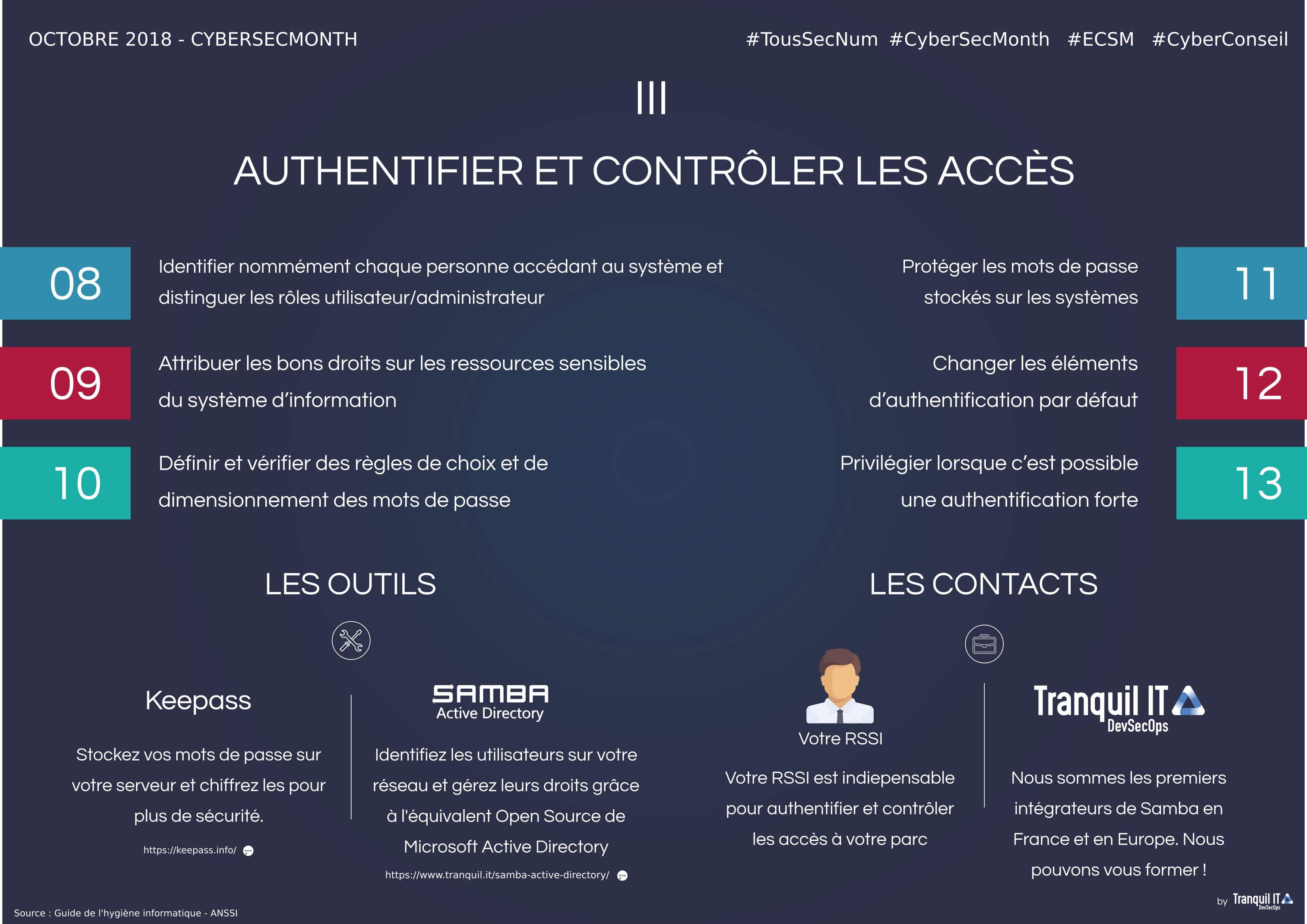
Good practices:
Account management:
Authentication elements must be modified as soon as they are installed. Indeed, default passwords are easy to obtain. Strong authentication is one more step towards a secure system. It is therefore wise to use two-factor authentication to prevent intrusions. So, you’ve just changed the lock on your door and you’re the only one with a key!
Accounts accessing the information system must be nominative to facilitate the identification of the origin of incidents or potential vulnerabilities. The use of generic accounts should therefore be prohibited. These accounts must be subject to an even stricter data protection policy. Logins, passwords and connection traces must remain secret. Would you give a copy of your keys to a stranger you can’t fully trust? Do you want to answer “No” instinctively? Well, it’s the same for passwords.
Password management:
Items such as directories, databases or mailboxes can be a source of valuable information and therefore subject to cyber attack. These elements require the utmost vigilance on the part of the Chief Iinformation Security Officier (CISO). The listing of sensitive elements is not sufficiently effective, it is necessary to define, authenticate and control access to the system. Duplication and dispersion of these elements must also be avoided to ensure the security of the information system. Without too much effort, you’ve just added a lock to your precious door! But what’s the point of having a locked door if the window was left open?
The first front door for a hacker is the user’s workstation. So, even if on the admin side you have locked everything, you also need to control your users and especially their passwords. Poor password management is a huge risk for organizations, so it is important to educate your users so that their session is protected. Recycled passwords or passwords that are too easy to guess should be banned. In addition to awareness-raising actions, it is possible to take restrictive measures such as blocking accounts after several connection failures or carrying out an audit concerning password robustness. The storage of these passwords must be done through secure solutions including encryption mechanisms.
What means to authenticate and control access?
The CISO is the expert who guarantees the security and integrity of the information system. Often also in charge of data protection for the organisation (when there is no DPO), he is often the person to turn to when questions arise about access management.
Keepass allows you to manage passwords efficiently and securely. The little extra is that it is free and Open Source. Although optimized for Windows, Keepass also supports macOS and Linux operating systems. Encrypted files can contain user names, passwords, notes or even attachments.
Your Active Directory manages the authentications and rights on your network since it lists all the information on the network, users, machines, groups and your system in general. You can use Microsoft Active Directory or its Open Source equivalent, Samba-AD. These two Active Directory are manageable via the same tools, namely the MMC console and RSATs. RSATs make it possible to control users’ rights but also their inputs and outputs. It is therefore easier to identify sources of vulnerability and act locally before a tragedy occurs.
Why Choose an Open Source Active Directory?
In France, Tranquil IT is the leading integrator of Samba Active Directory, the Open Source equivalent of Microsoft Active Directory. With over 13 years of expertise in Samba, we efficiently conduct IT fleet audits, Active Directory migrations, domain mergers, and even knowledge transfers on Samba Active Directory. Our close collaboration with the SambaTeam has enabled us to successfully complete over 270 projects throughout the years. Choosing Open Source means saving on license fees and trusting our experts!
At Tranquil IT, we prioritize Open Source tools for their reliability, maintainability, and the freedom they provide. Why get locked into lengthy contracts with exorbitant licensing costs from Microsoft? Invest your money wisely in direct improvements by supporting the development of an Open Source solution.
France takes up the ECSC challenge!
What You Shouldn’t Miss:
- Data encryption: Instructions for use – Stormshield
- Google closes its social network after a security breach – Les échos
Find all our recommendations on Twitter and LinkedIn and on hashtag: #TousSecNum, #CyberSecMonth, #ECSM2018 et #ECSM. Also follow our hashtag #CyberConseil to follow Tranquil IT’s advice and discover the following graphics
Tranquil IT: the answer to NIS2 requirements
The NIS2 directive imposes heightened cybersecurity obligations on key companies and organizations. In the face of these new requirements, WAPT presents itself as an effective solution for automating and managing IT system security. How can this tool help...
End of CentOS 7 support
With the end of CentOS 7 support, WAPT software users need to consider alternatives to continue benefiting from updates and new features. WAPT version 2.6 requires a still-supported Linux distribution, which excludes CentOS 7. Here is an overview of the options...
Stakes and migration: the impact of the end of Windows 10
Microsoft has officially announced the end of support for Windows 10 as of October 14, 2025. In concrete terms, this means that hundreds of millions of users will have to consider a transition to a new operating system, in particular Windows 11. One of the main issues...



